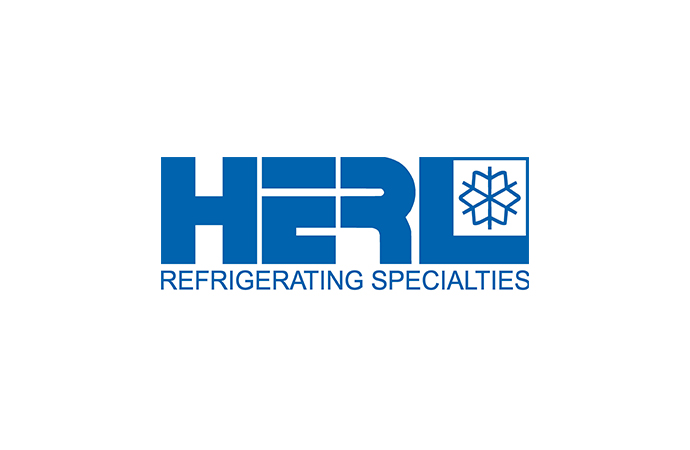Day three of the Ammonia Refrigeration Technology conference in Ohrid, Macedonia focused on GWP measurement and the value of GWP as a guide in refrigerant choice. Discussion centered on the need to develop and agree upon, a meaningful GWP indicator to better inform decision-making. The papers presented highlighted the different GWP time horizons currently in use, and the need to standardise the classification of ‘low-GWP’ technologies.

The use of the GWP indicator in refrigerant selection, Lambert Kuijpers
The paper presented by Dr Kuijpers discussed the need for a concrete numerical definition of GWP, in order to aid monitoring and decision-making. In particular, Dr Kuijpers stressed the need to define ‘low-GWP’- compounds.
Current definitions of ‘low-GWP’ are estimated on the basis of fractions of radiative forcing – the standard way of comparing the climatic effects of emissions. As a result, the meaning of ‘low-GWP’, and in turn ‘climate-friendliness’, can vary according to the choice of fraction used in the calculation. These differing ‘low GWP’ definitions preclude the comparison of substances on the basis of lowest GWP and lowest climatic impact.
Dr Kuijpers concludes that to evaluate ‘low GWP’ technologies to replace HCFC’s, substances should be screened using an approach such as the Multilateral Fund Climate Impact Indicator (MCII) model, which allows for the technology GWP calculation based on climatic impact.
Energy and CO2-emission reduction in industrial ammonia refrigeration: an end-user perspective, Unilever René Van Gerwen
Unilever, one of the largest end-users of industrial refrigeration, presented a paper on the relevance of different benchmarking tools when developing a GHG reduction strategy. According to their research, for a company with such a wide portfolio of operational models and products the spread of energy, electricity and CO2 figures is too large to be a useful basis for reduction targets.
Instead, Unilever has developed a comprehensive series of improvement levers, scoring different elements on a scale of four stages of excellence. Based on these levers two important areas for improvement were identified: minimizing refrigeration loads and improving the efficiency of the refrigeration process.
The research was undertaken as part of the Unilever ‘Sustainable Living Plan’ launched at the end of 2010, which aims to half the impact per consumer, of water, waste and greenhouse gases (GHG) across product lifecyles.
The climate imperative of basing policies on the 20-year GWP of HFC refrigerants, by Greenpeace Janos Maté and David Kanter
Authors Janos Maté and David Kanter presented a Greenpeace paper highlighting the 20-year atmospheric lifetime of HFC’s and the unsuitability of using the current 100-year metric to measure their climatic impact.
The paper proposed a two-tier GWP classification system to differentiate between high GWP and low GWP, with a threshold of 20 to qualify for low GWP. According to Greenpeace under such a classification system almost all natural refrigerants would fall into the low GWP category, and the majority of synthetic fluorocarbon refrigerants would be far above.
Concluding Remarks, by Klaas Visser
The key points under discussion at 4th IIR Conference on Ammonia Refrigeration Technology were:
The paper presented by Dr Kuijpers discussed the need for a concrete numerical definition of GWP, in order to aid monitoring and decision-making. In particular, Dr Kuijpers stressed the need to define ‘low-GWP’- compounds.
Current definitions of ‘low-GWP’ are estimated on the basis of fractions of radiative forcing – the standard way of comparing the climatic effects of emissions. As a result, the meaning of ‘low-GWP’, and in turn ‘climate-friendliness’, can vary according to the choice of fraction used in the calculation. These differing ‘low GWP’ definitions preclude the comparison of substances on the basis of lowest GWP and lowest climatic impact.
Dr Kuijpers concludes that to evaluate ‘low GWP’ technologies to replace HCFC’s, substances should be screened using an approach such as the Multilateral Fund Climate Impact Indicator (MCII) model, which allows for the technology GWP calculation based on climatic impact.
Energy and CO2-emission reduction in industrial ammonia refrigeration: an end-user perspective, Unilever René Van Gerwen
Unilever, one of the largest end-users of industrial refrigeration, presented a paper on the relevance of different benchmarking tools when developing a GHG reduction strategy. According to their research, for a company with such a wide portfolio of operational models and products the spread of energy, electricity and CO2 figures is too large to be a useful basis for reduction targets.
Instead, Unilever has developed a comprehensive series of improvement levers, scoring different elements on a scale of four stages of excellence. Based on these levers two important areas for improvement were identified: minimizing refrigeration loads and improving the efficiency of the refrigeration process.
The research was undertaken as part of the Unilever ‘Sustainable Living Plan’ launched at the end of 2010, which aims to half the impact per consumer, of water, waste and greenhouse gases (GHG) across product lifecyles.
The climate imperative of basing policies on the 20-year GWP of HFC refrigerants, by Greenpeace Janos Maté and David Kanter
Authors Janos Maté and David Kanter presented a Greenpeace paper highlighting the 20-year atmospheric lifetime of HFC’s and the unsuitability of using the current 100-year metric to measure their climatic impact.
The paper proposed a two-tier GWP classification system to differentiate between high GWP and low GWP, with a threshold of 20 to qualify for low GWP. According to Greenpeace under such a classification system almost all natural refrigerants would fall into the low GWP category, and the majority of synthetic fluorocarbon refrigerants would be far above.
Concluding Remarks, by Klaas Visser
The key points under discussion at 4th IIR Conference on Ammonia Refrigeration Technology were:
- Ammonia charge minimisation strategies including the use of micro-channel evaporators and condensers, and counter intuitively, the increase in NH3 mass flux.
- Expanding the use of NH3 in small systems.
- Large and small ammonia heat pumps using waste heat including the discharge of single or two stage industrial ammonia refrigeration plants.
- High temperature NH3 and inverse NH3/CO2 cascade heat pumps.
- Dry and water sprayed air cooled condensers and total operating costs.
- Modified absorption systems including a new resorption cycle with NH3.
- Using high temperature ammonia compressor discharge gases as a heat source for absorption refrigeration.
- Two phase flow and boiling of ammonia in horizontal tubes and micro channels.
- Thermodynamic and physical properties of ammonia and ammonia water solutions
MORE INFORMATION
Related stories





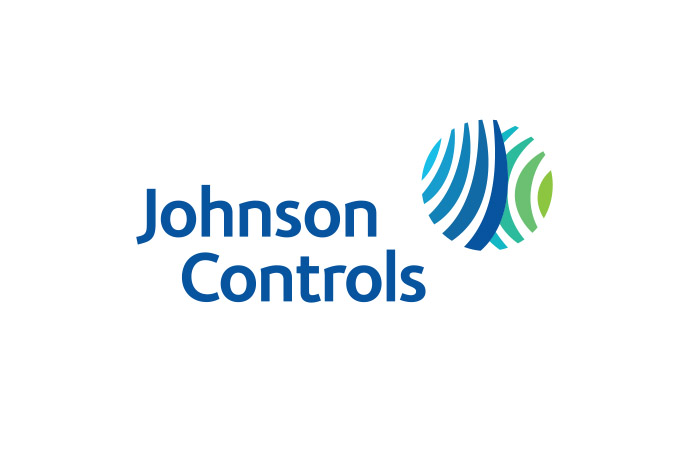

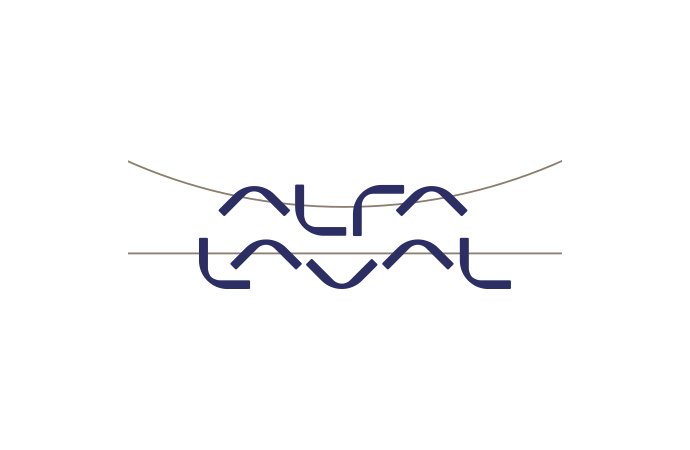
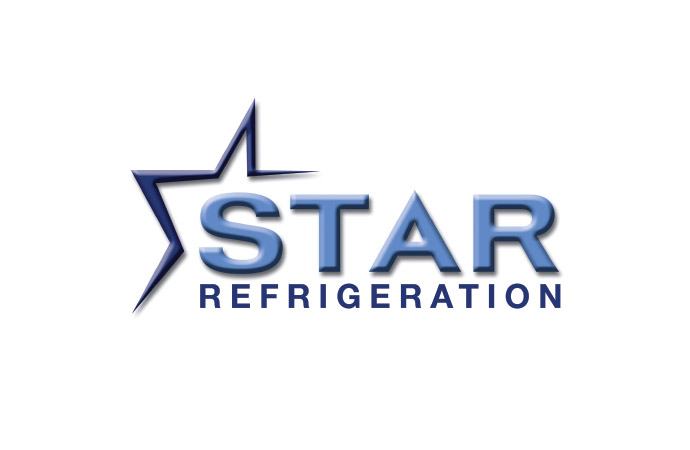

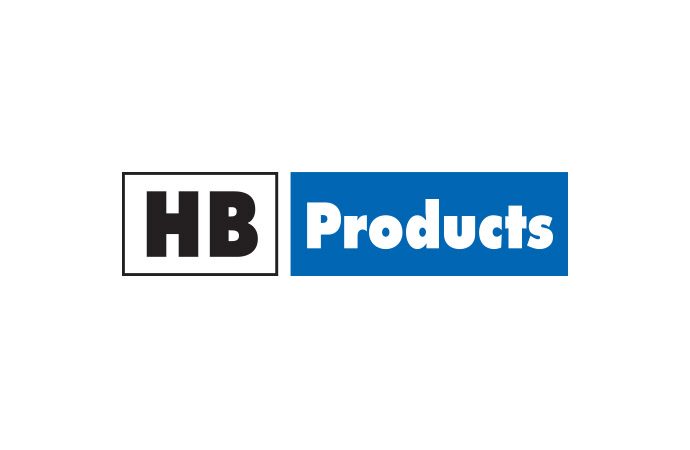

_1522327086.png)
